You see your cat lounging peacefully by the window, purring gently when you walk by. They seem utterly content, living their best life. Yet that nagging question pops into your mind: could they actually be bored? The truth might surprise you more than you’d expect.
Cats are notorious for hiding how they feel, and boredom may be more common in indoor cats who are unable to have an outlet for their naturally predatory behaviors. What looks like contentment on the surface might actually mask a deeper issue that affects millions of indoor cats worldwide.
The Silent Signs Your Cat is Screaming for Stimulation
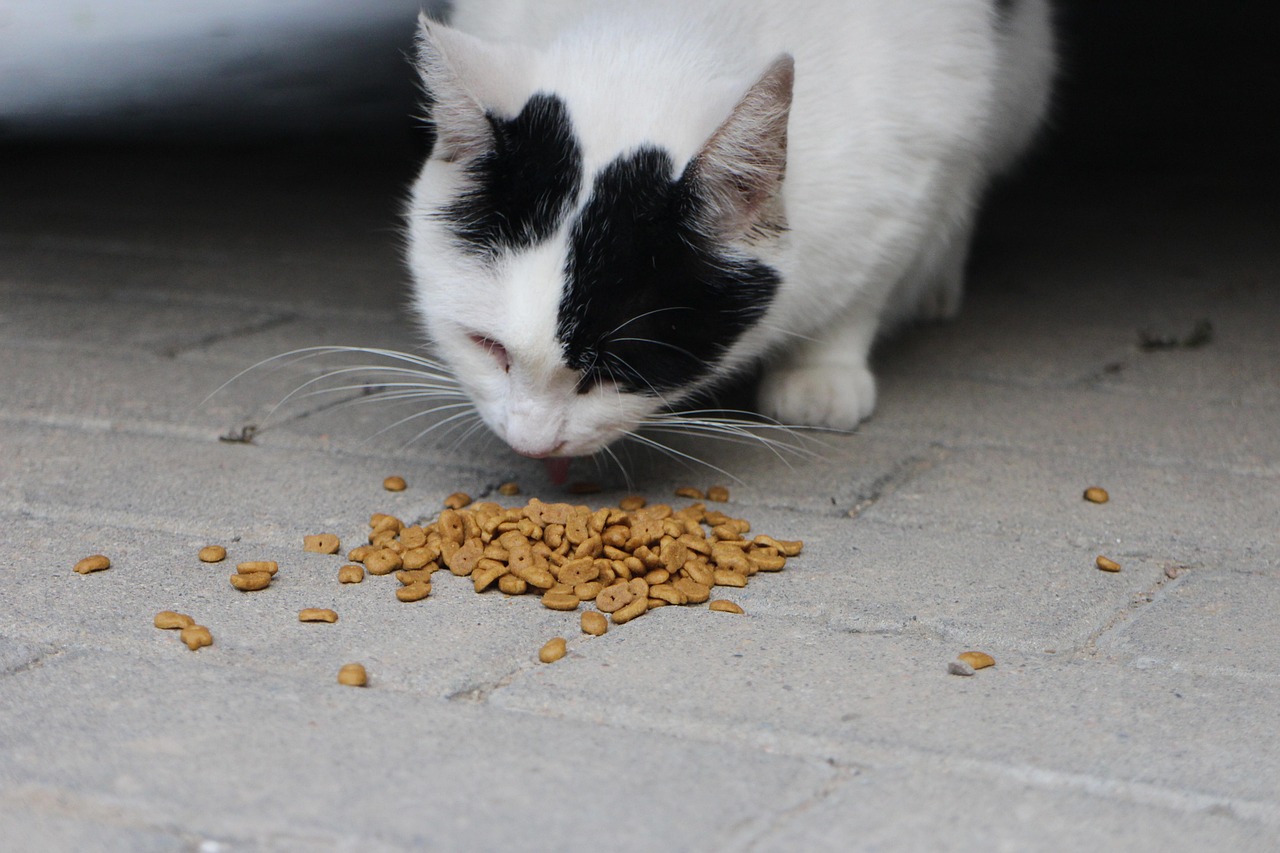
Overeating can be a sign of boredom, though if your cat has any significant or sudden changes in appetite, you should get them checked by a vet to make sure that there is no medical reason for their altered behavior. Just like humans who mindlessly snack when understimulated, cats can develop similar eating patterns.
When a cat is under-stimulated, they first experience boredom, which can then result in stress, causing them to pee or poo outside their litter box. This behavioral change often puzzles owners who assume their well-behaved cat suddenly became spiteful. A bored cat will often find things to do to liven up the day – hiding out under the bed or on top of doors to pounce on those walking past.
Excessive Sleep: When Rest Becomes an Escape
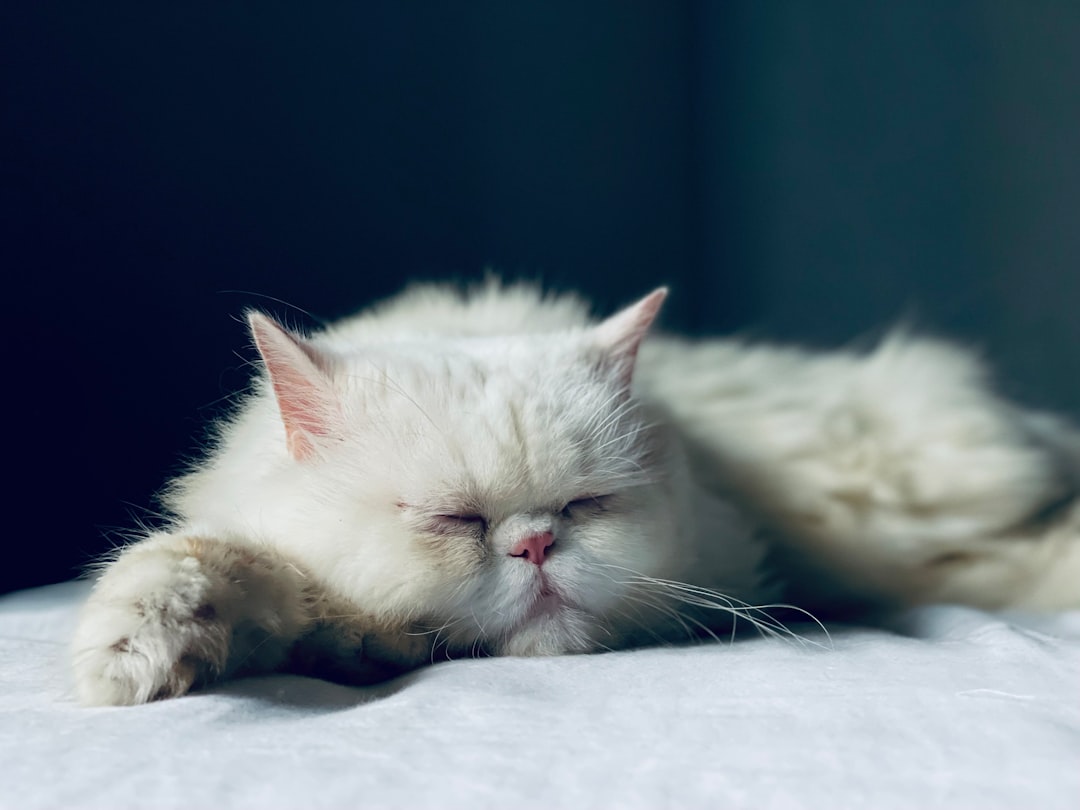
While it’s normal for cats to sleep for extended periods, excessive sleep can be a sign of boredom, as cats sleep to pass the time when they lack stimulation. Most adult felines typically sleep 12 to 16 hours a day, with senior cats or kittens often nearing 18 hours. If daily slumber consistently exceeds 18 hours, or if there’s lethargy, appetite decline, or disinterest in interaction, a health concern or mental factor like boredom could be involved.
When cats have nothing engaging to occupy their minds, sleep becomes their default activity. Cats can sleep up to 15 to 20 hours a day, so more hours than that may signal boredom. Cats should spend their awake time alert and taking an interest in their surroundings, and if they don’t, they may be bored.
The Overgrooming Trap: When Self-Care Becomes Compulsive

Bored cats may constantly lick and clean themselves to the point of creating bald patches or skin irritation, often resorting to this excessive grooming to self-soothe when they are understimulated. This behavior can escalate quickly from normal maintenance to a concerning obsession.
Cats spend up to 50% of their waking hours grooming themselves, so overgrooming can be challenging to identify. Some signs include bald spots in the fur, more hairballs than usual, and sensitive sores on their skin. The line between healthy grooming and stress-induced overgrooming is thinner than most owners realize.
Vocal Demands: When Meowing Becomes Desperate
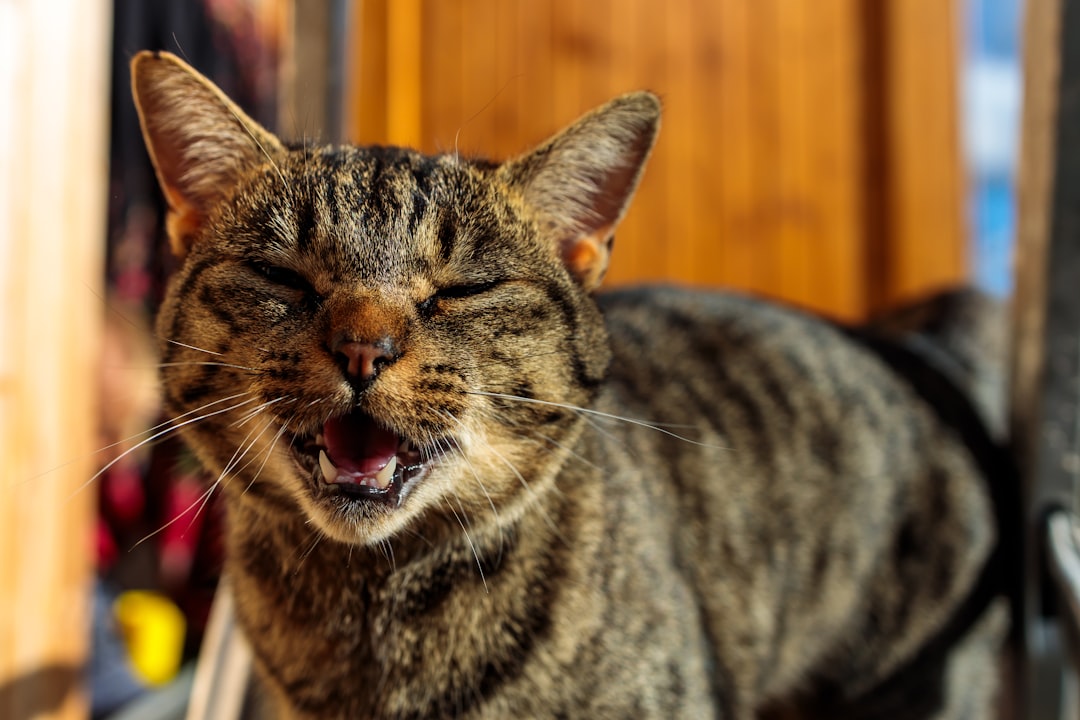
If your cat is bored, they might vocalize more than usual. A bored cat that’s feeling a lack of stimulation might learn that you will pay them attention and maybe play if they meow constantly. These aren’t just casual conversations with their favorite human.
Bored cats are sometimes more vocal, meowing excessively or howling. This is a cry for attention and their way of communicating their needs and interacting. Think of it as your cat’s version of repeatedly tapping you on the shoulder until you notice them.
Destructive Behavior: When Furniture Becomes Enemy Number One
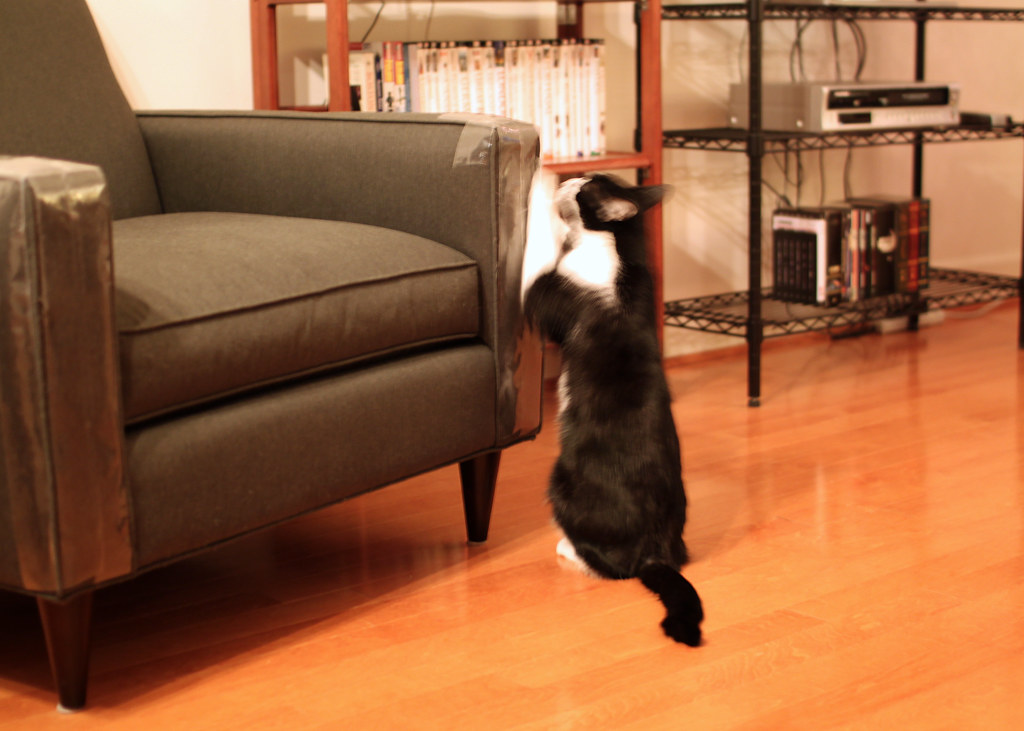
Much like humans, when cats get bored, they tend to pick up bad behaviors. They may get themselves into trouble such as scratching up furniture, chewing or eating inappropriate objects, ripping carpets or soft furnishings. Your favorite sofa suddenly becomes an irresistible target.
Cats, when bored, may engage in destructive behaviors such as scratching furniture, shredding curtains, or chewing on household items. Destructive behavior can be a cry for attention. What seems like rebellion is actually your cat’s desperate attempt to create their own entertainment.
The Zoomies Phenomenon: Random Energy Bursts as SOS Signals
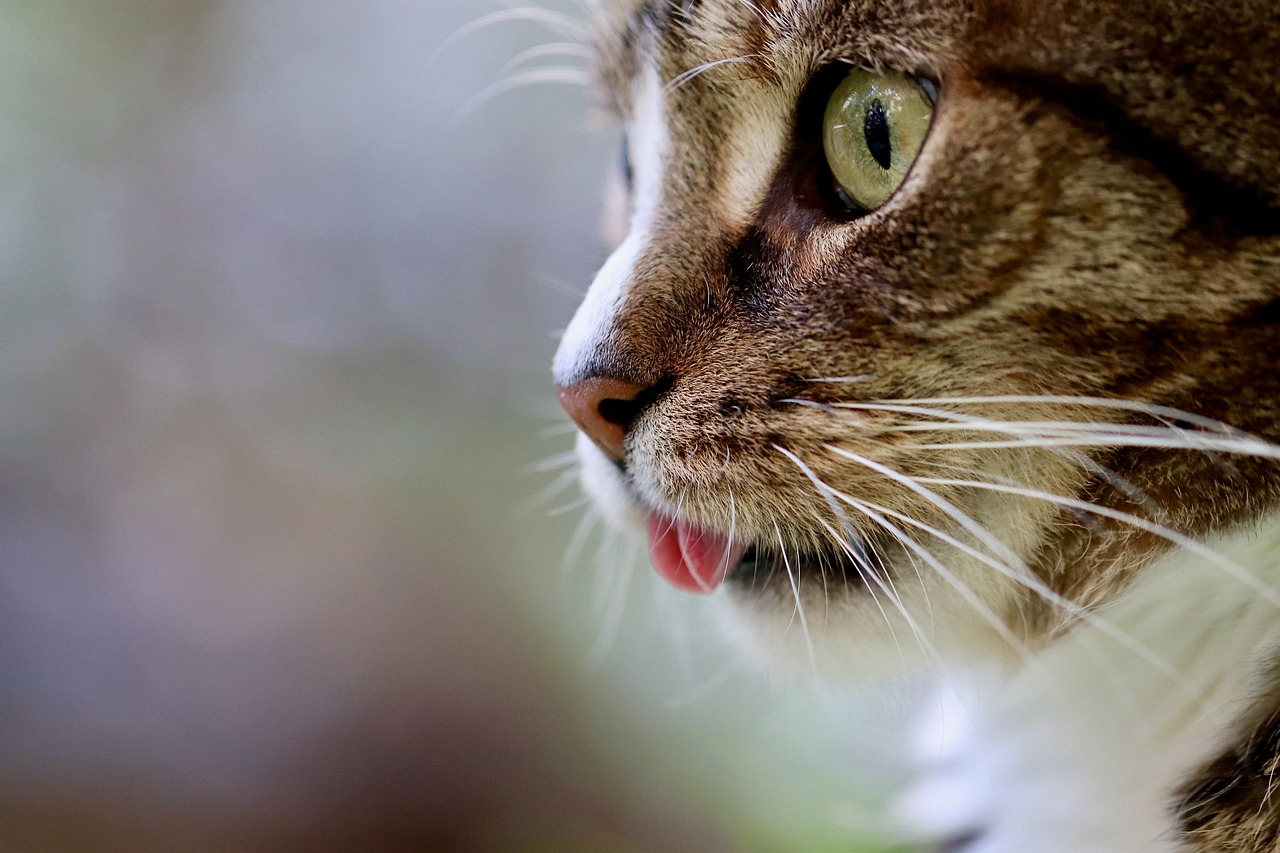
Also known as frantic random activity periods (FRAP), zoomies can be a sign of boredom. While the occasional ‘funny five minutes’ is normal, if your cat is getting the zoomies regularly, they could be telling you they’re bored. These sudden sprints around the house aren’t just quirky cat behavior.
While zoomies sometimes indicate boredom when a cat lacks mental or physical stimulation, they also appear after meals, naps, or bathroom breaks, so they aren’t always boredom-driven. Creating an enriched environment with rotating toys, interactive play sessions, and climbing structures channels that energy appropriately.
Attention-Seeking Behaviors: The Feline Drama Queen Emerges
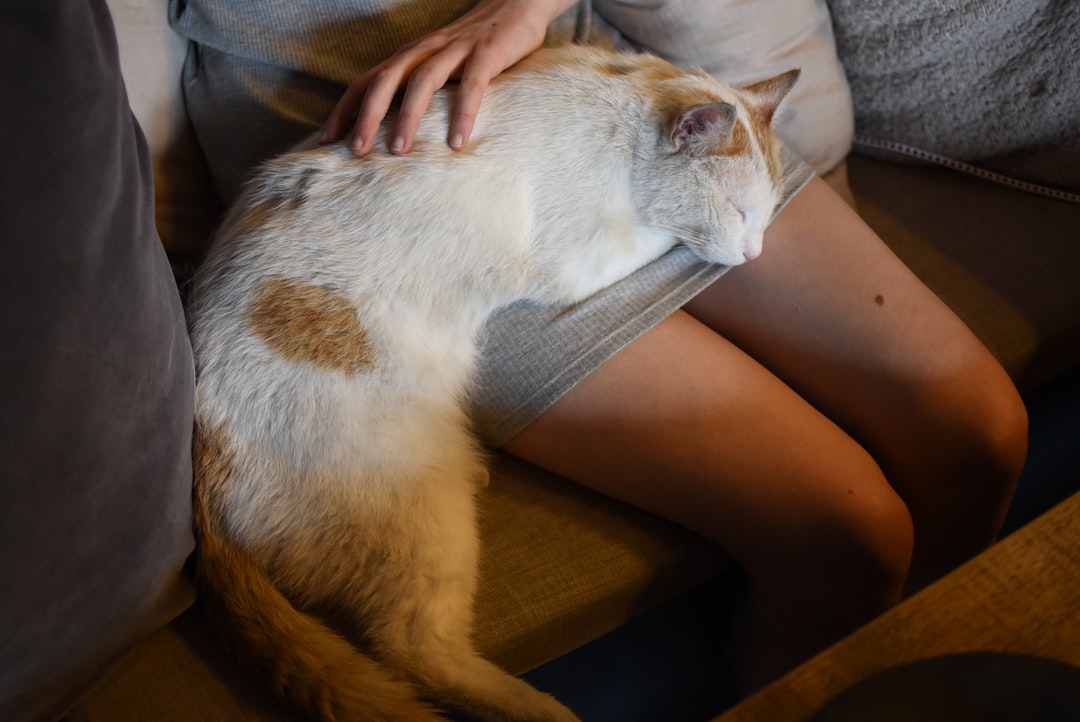
Cats may resort to attention-seeking behaviors like pawing at you, climbing on your lap incessantly, or demanding constant petting when they are bored. Your normally independent cat suddenly becomes your shadow, following you everywhere.
Cats may become more vocal or demanding of attention when they get bored. They may follow you around the house, meow excessively, or even resort to nipping or biting. This clingy behavior often confuses owners who mistake it for increased affection rather than recognizing it as a distress signal.
Aggression and Bullying: When Boredom Breeds Conflict
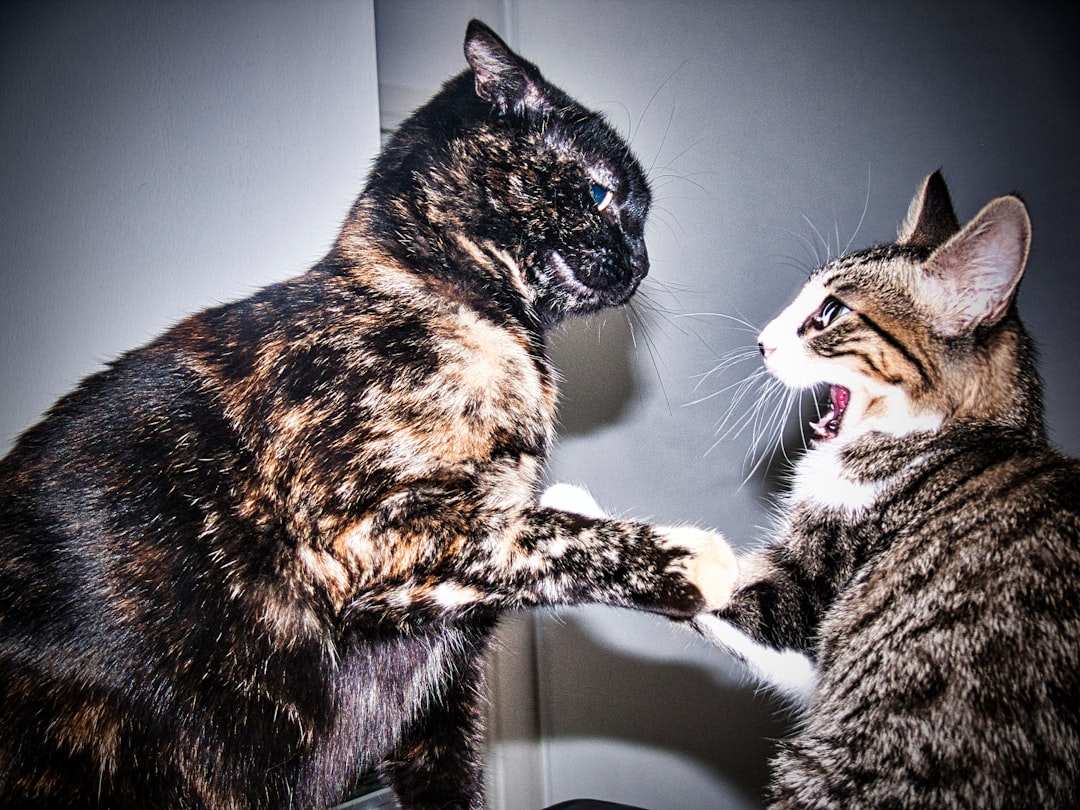
A common sign of boredom can be cat aggression towards other animals, in the form of fighting, chasing, or getting into trouble with other animals. It may be that your cat is trying to find engagement and stimulation wherever possible. Multi-cat households often experience this firsthand.
A bored cat likely has pent-up energy that will cause them to become aggressive and lash out at other pets or family members. What we found was that they had very few mentally stimulating activities, which led to boredom and aggression towards each other. The peaceful home suddenly becomes a battleground.
The Contentment Masquerade: How Happy Cats Really Act
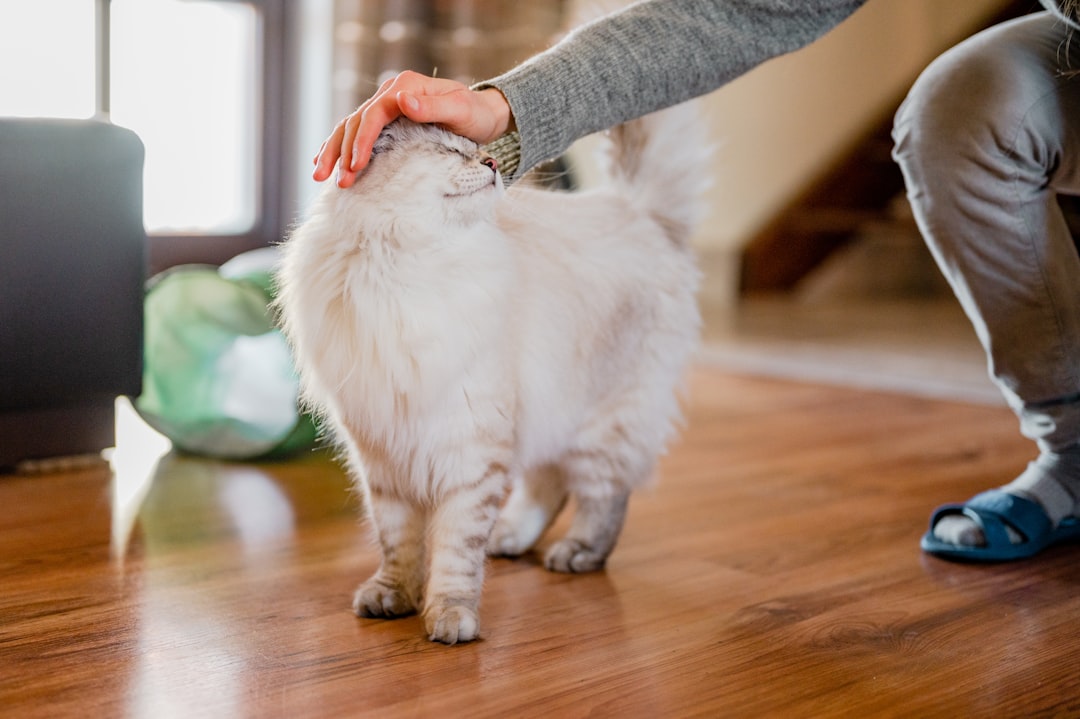
So what does genuine contentment look like? Most people know that purring is a sign that a cat is happy, and purring combined with other signs shows your kitten is feeling happy. If your cat is curled up next to you and seems relaxed, and their motor starts, you know for sure that your cat is content.
Relaxed, half-lidded eyes are one of the telltale signs of a happy indoor cat. It is a sign of affection when your cat slowly blinks at you from across the room. A playful cat is a happy cat. They might be content playing on their own, batting, and pouncing on toys. Stimulation is a key sign of contentment. After those long naps, a happy cat will perch in his or her favorite window and watch the world go by.
Environmental Enrichment: The Secret to True Cat Happiness
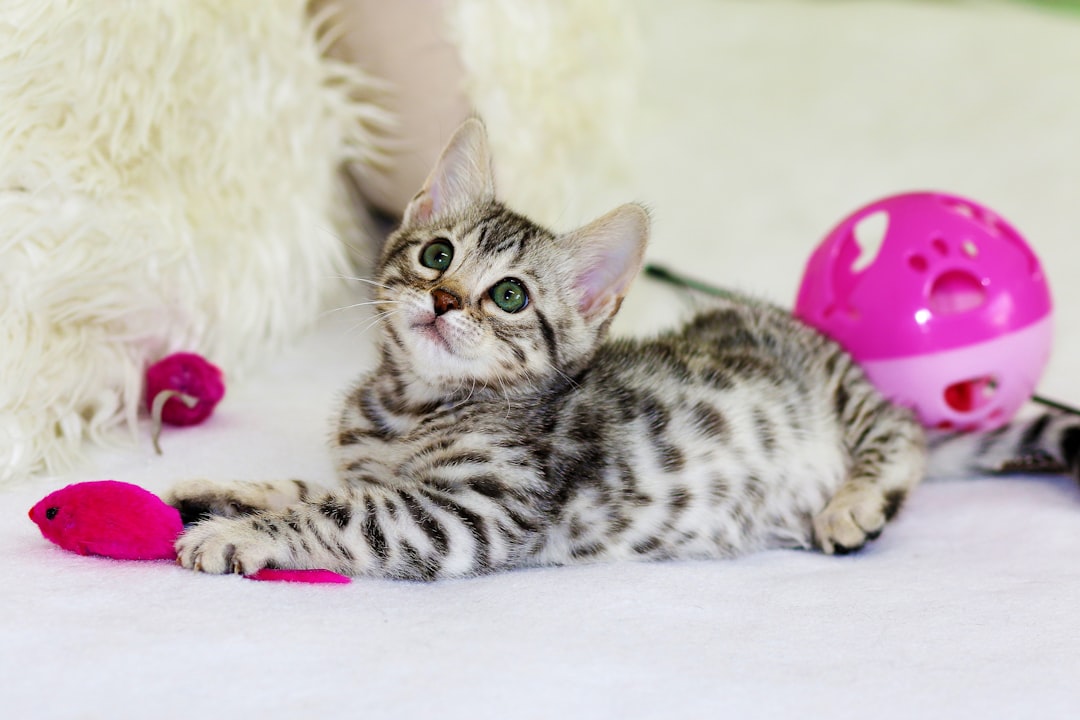
Enrichment activities are essential for the well-being of indoor cats. By implementing these ideas, you can provide mental and physical stimulation, prevent boredom, and create a fulfilling environment for your feline companion. The good news is that preventing boredom doesn’t require expensive gadgets or major lifestyle changes.
Playtime is crucial for keeping an indoor cat mentally happy, physically healthy, and content to be inside. Make a habit of playing with your cat for at least 10 minutes a day. Kittens and some rambunctious cats require more than that. Social activities with humans can be the single most effective way to enrich your indoor cat’s environment. Set a timer for five minutes twice daily and play with your cat. Rotate the toys and activities you choose during these periods.
Creating the Perfect Indoor Cat Paradise
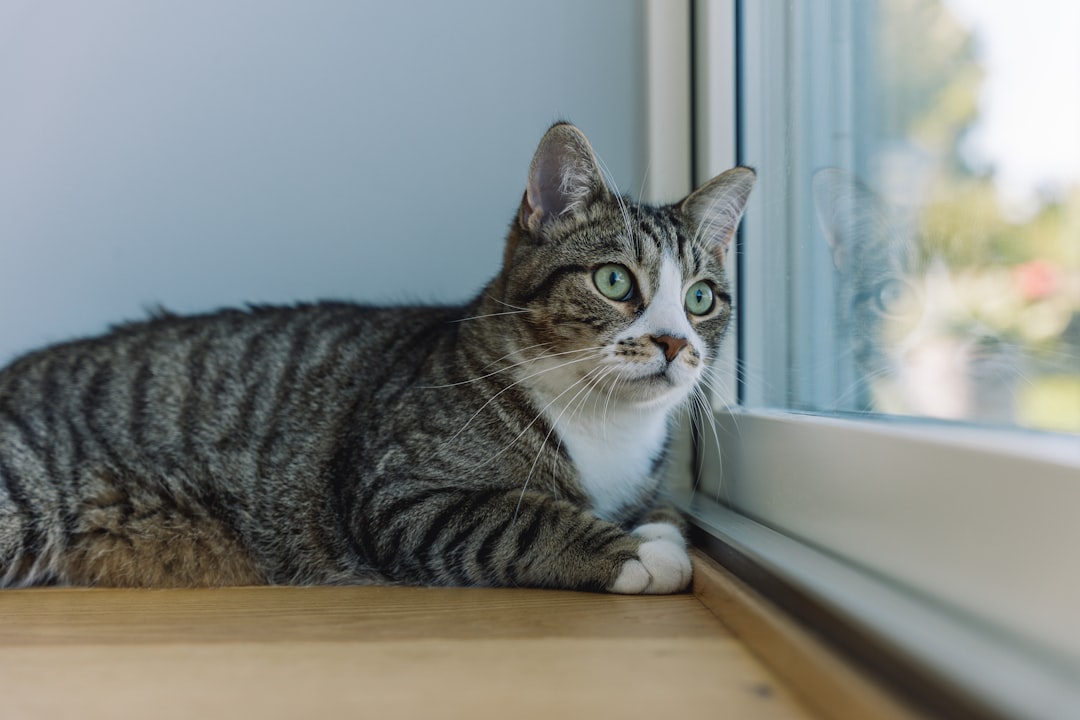
Set up a comfortable perch near a window to create a front-row seat to the outside world. Cats are fascinated by bird activity, passing wildlife, and changing scenery. By providing a window view, you enable them to engage with the sights and sounds of the outdoors.
Interactive play helps cats indulge their hunter instincts. You can further encourage this by breaking your cat’s daily food allotment into smaller sections and hiding these around the house every day so your cat must stalk and hunt his food. Not only does this get him extra exercise, but it also provides mental stimulation. Puzzle feeders are an excellent way to make mealtime more engaging for your cat. These devices require your cat to work for their food, stimulating their problem-solving skills and providing mental enrichment.
Conclusion

The quiet cat sleeping peacefully in the sunbeam might be living their best life, or they could be slowly dying of boredom inside. Though we may think they’re living the life of luxury, getting to sleep all day without a care in the world, the reality is they are frequently bored and depressed. The lack of physical activity and mental stimulation affects them more deeply than we could possibly understand, taking a mental toll and resulting in anxiety, depression, and physical effects like serious health ailments.
The difference between a content cat and a bored one often lies in the details we overlook. Most cats can be quite content living indoors as long as they’re actively stimulated by their environment and their family every day. Your feline friend depends on you to recognize these subtle signs and provide the enrichment they desperately need.
What signs have you noticed in your own cat that might indicate boredom rather than contentment? Tell us in the comments.





